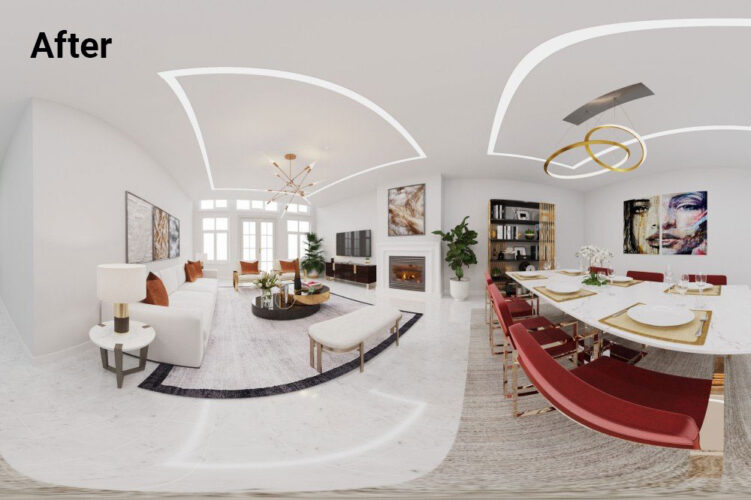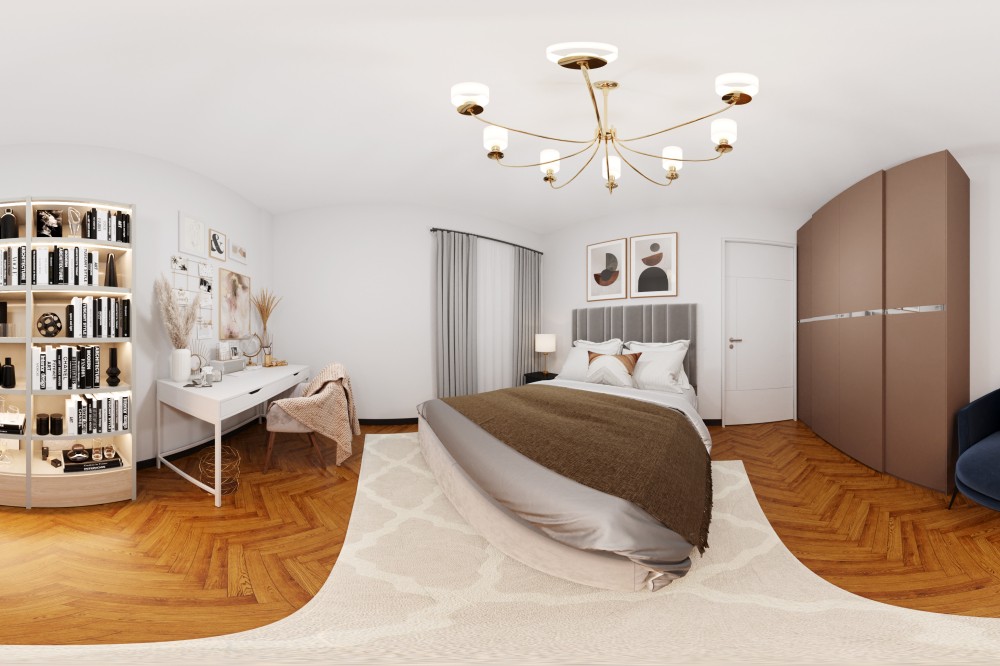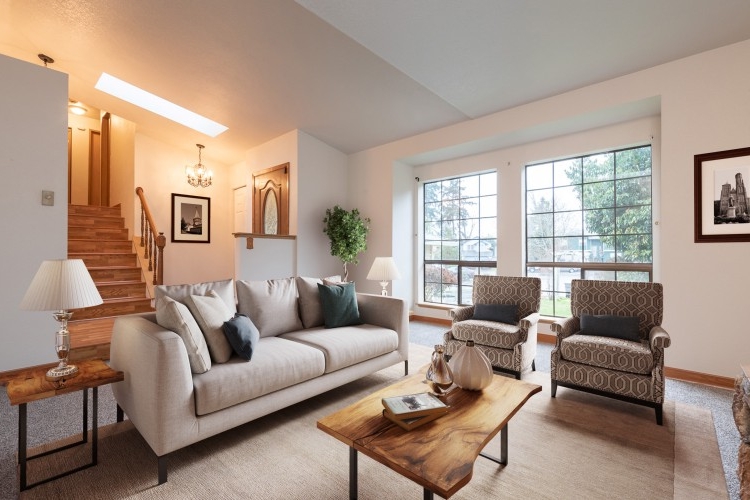Best Camera Settings for Shooting Twilight Real Estate Photography
In this blog post, we are going to discuss the best camera settings for shooting twilight real estate photography. It can be tricky to get the perfect exposure when shooting in low light situations, but with the right tips and tricks, you can create stunning photos that capture the beauty of a property at dusk. So, whether you’re just starting out in real estate photography or you’re looking to improve your skills, keep reading for some helpful advice on how to shoot great twilight photos!
Best camera settings at twilight
As the sun sets, the quality of light changes and often becomes more beautiful. This change in light can present a challenge to photographers, as they must adapt their camera settings to compensate for the dimmer conditions. One way to get the best possible image quality is to set your aperture to f/8 and your sensitivity to ISO 100. This will ensure that your photos are clear and free of noise. Additionally, it is important to use a tripod when taking pictures at twilight, as even the slightest movement can result in blurriness. By following these simple tips, you can capture the beauty of twilight in all its glory.
Choosing the right ISO and aperture for twilight photos
You should raise the sensitivity of your camera to ISO 400-1600 because it will reduce your shutter speed. It means that each exposure will take less time and you may introduce unwanted noise at a higher sensitivity — so consider what level of image quality you need. In terms of aperture, setting a wide aperture (f/2.8 or lower) will allow more light to reach the sensor, which is ideal in low-light situations. However, keep in mind that a wide aperture also has the potential to create shallow depth of field. As such, you’ll need to be careful to composition your shots so that the subject is clearly in focus. By taking the time to understand and adjust these settings, you’ll be able to capture stunning twilight photos of real estate.
There is no such thing as too wide an aperture when shooting video. In fact, using a small one like f/13 will force you use longer exposure times or higher sensitivity but it’s worth the trade off because then we can ditch autofocus! This means that if your lens has manual focus options (most do), choose hyperfocal distance which gives us maximum depth of field based off what focal length our camera uses – this way there won’t be any surprises during post-production later down road from unwanted shafts appearing in footage due to inability to properly focus shots beforehand at full attention points.
Taking multiple exposures – Exposure bracketing
When photographing a landscape, it’s always a good idea to take multiple exposures at different shutter speeds. This technique, known as exposure bracketing, helps to ensure that you capture the full range of tones in the scene. By taking several shots at different exposure levels, you can be sure that you’ll have at least one image that is properly exposed.
Additionally, exposure bracketing can be used to create HDR (high dynamic range) images. By combining multiple exposures, you can create an image with a greater range of shadows and highlights. As a result, exposure bracketing is an essential tool for any photographer seeking to capture stunning landscape images.
Shooting with tripod
Tripod for twilight photography is not necessary but highly recommended. Here’s why: Twilight photography, also known as astrophotography, involves long exposures of the night sky. To get the sharpest images possible, your camera needs to be absolutely still during the exposure. Even the slightest movement will result in blurriness. A tripod will keep your camera steady and prevent any unwanted movement.
In addition, a tripod will allow you to keep your hands free so that you can make any necessary adjustments to your settings. While it is possible to take twilight photos without a tripod, you will likely find that they are much improved with the use of one.
Shooting with flash
In real estate photography, flash is often used to brighten up dark rooms or add illumination to twilight shots. However, flash isn’t strictly essential and there are some situations where it may not be the best choice. If you’re shooting in a room with large windows, for example, the natural light may be sufficient.
Or if you’re trying to capture a moody atmosphere, using flash could result in photos that are too stark and sterile. Ultimately, it’s up to the photographer to decide whether or not to use flash, based on the desired results. So if you’re wondering whether you need a flash for real estate photography at twilight, the answer is: it depends.
Twilight photography can be beautiful, but it takes a little bit of practice to get the settings just right. By following these tips, you’ll be able to capture stunning twilight photos that will help your real estate business stand out from the competition. Thanks for reading!



